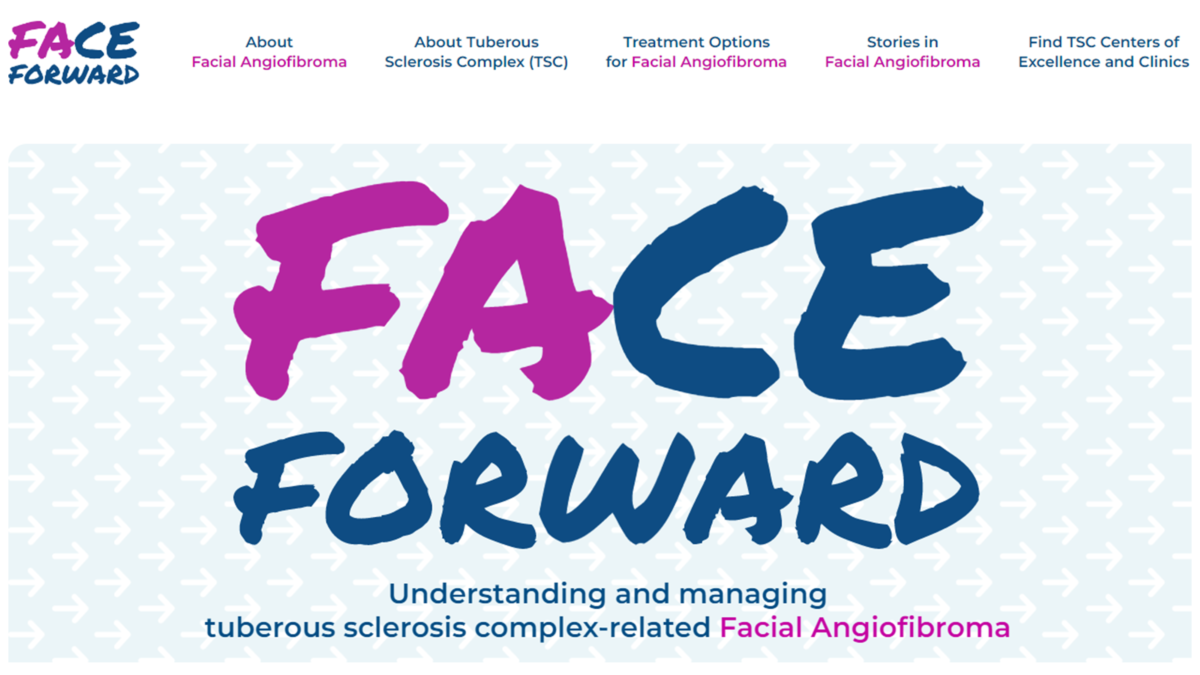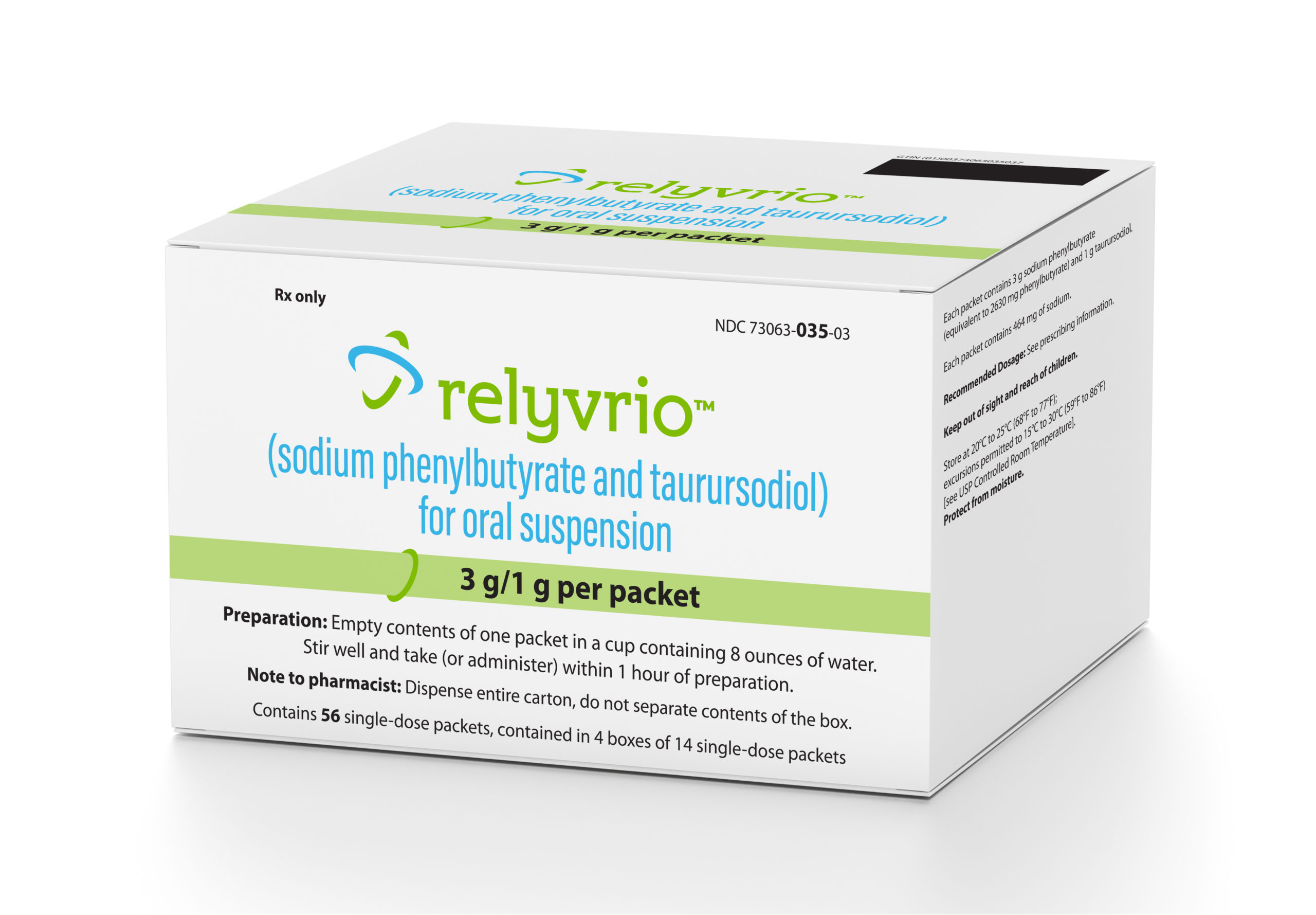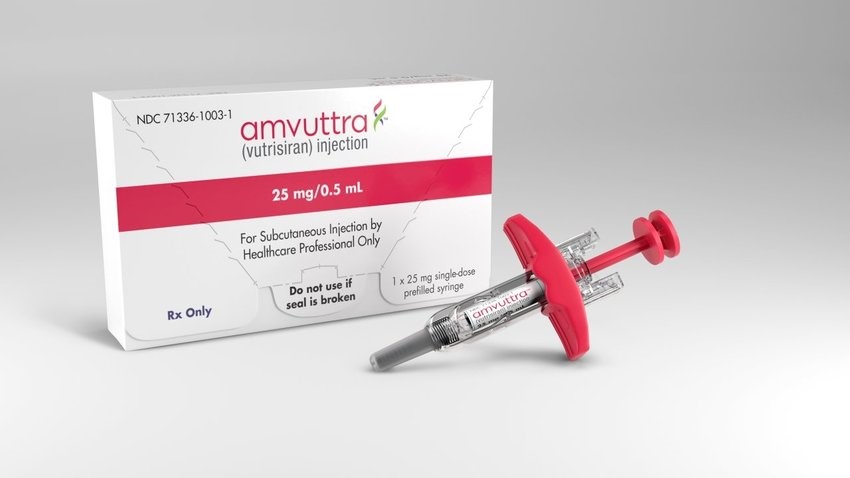When life sciences industry partners with patients and their advocacy communities, the patient voice becomes integrated into the drug development process. It’s an increasingly common and evolving practice that has brought about meaningful change in the clinical trial process.
However, as with any change, it is gradual, and there is certainly more work to be done in partnership with the patient communities served by these development programs. Worldwide Clinical Trials has built mutually beneficial partnerships with over 60 rare disease patient advocacy groups globally, a list that continues to expand. Worldwide’s connection with rare disease patient advocacy organizations fosters alignment for the successful execution of rare disease clinical trials.
In this Xtalks Spotlight feature, Xtalks spoke with Amy Raymond, PhD, PMP, Senior Director, Therapeutic Strategy Lead, Rare Diseases at Worldwide Clinical Trials. Dr. Raymond discussed the trends, considerations, and challenges of rare disease drug development and provided her input on what discussions need to take place between stakeholders in the rare disease drug development space.

Therapeutic Strategy Lead, Rare Diseases at
Worldwide Clinical Trials.
“Many rare disease communities are seeing gene therapies as potential game changers, since most rare diseases are genetically driven,” Dr. Raymond says. Hence, one conversation that needs to take place is between the sponsors developing gene therapies and the payers who in effect “gate” patient access to these novel treatments.
“Although structuring payment for single gene therapy administration is a new paradigm for the life sciences industry, I have no doubt that stakeholders will continue to come together and discuss these challenges until all needs are met,” she says.
In her interview, Dr. Raymond highlighted examples of the progress that has occurred due to the conversations between rare disease patient communities and sponsors who are working hard to develop new treatments. “These discussions have led to wider patient access, protocols that are fit for real patients, better retention and enrollment rates for clinical trials, and progress towards the approval of meaningful treatment options,” she says.
A number of Worldwide’s biotech partners have in-house advocacy professionals, which Dr. Raymond believes shows respect for engaging with the community. “However,” Dr. Raymond cautions, “these advocacy professionals are often siloed from their clinical operations, and their work should be meaningfully disseminated to the clinical operations team.” Improvement is also needed to make sure that programs are truly partnering with patient communities, rather than simply leveraging the relationship as a mitigation step for recruitment or other aims.
Dr. Raymond shared that at Worldwide, they become an extension of their sponsor’s team, working alongside them towards the ultimate goal of developing safe and effective treatments for patients. Worldwide prioritizes a strong partnership with the sponsors they work with by combining extensive scientific expertise with up-to-date perspectives on design and patient outreach.
A concern that frequently comes up during conversations with the rare disease sponsors Dr. Raymond works with is how to ensure their rare disease program plan is agreeable to regulators. Dr. Raymond explained that through continuous regulator contact, Worldwide leverages their understanding of trends and nuances of what the regulators are currently looking for to minimize delays with new studies. In addition, Worldwide sits down with sponsors to ensure the trial is truly fit for purpose from every stakeholder’s perspective, including the patients and their families, regulators, and sites.
Recruiting and retaining participants is another key challenge that is magnified in rare disease studies — a very small number of patients are distributed across a wide geographic area. The popular belief is to get the word out to patient communities once recruitment begins. Although that is certainly a good strategy, Dr. Raymond expressed that recruitment efforts should also be in place at the design stage by appropriately partnering with the patient community and their caregivers at the earliest stages.
Regarding future trends, Dr. Raymond believes that rare disease patient communities will coalesce faster as sequencing becomes more accessible and is used more often in the clinic. “More positive progress is also expected as we gather more knowledge about rare diseases,” she says. “For instance, it was thought that there were 5000 to 8000 rare diseases, but a new report by the non-profit organization RARE-X revealed that there are as many as 10,867 rare diseases.” This means that more patient communities may push for cellular and genetic treatments that can be life-changing therapies for their community.
In working with patient communities, sponsors, regulators, and sites, Worldwide Clinical Trials says their team has gained important insights to streamline successful execution of rare disease clinical trials.
Gain more insights into the new trends in the rare disease drug development space in this Xtalks Spotlight discussion with Dr. Amy Raymond.
To reflect upon this year’s Rare Disease Day, Dr. Raymond and her colleague Derek Ansel, MS, CCRA, Executive Director, Therapeutic Strategy Lead, Rare Diseases, Worldwide Clinical Trials, are hosting a free webinar with a panel of patient advocates. The speakers will discuss their experiences from the rare disease community in 2022, share key takeaways from the 2023 Rare Disease Day events, and give their perspectives on how to improve clinical research this year.
In the world of rare disease research, each program can bring its own unique challenges and the conventional approaches used in large-scale studies may not apply. To overcome obstacles in rare disease clinical trials, Worldwide draws from its long experience and work all over the world in 60 different countries. Worldwide’s experts bring innovation and careful consideration to help maximize the value of all data, even from small patient populations.
This article was created in collaboration with the sponsoring company and the Xtalks editorial team.








Join or login to leave a comment
JOIN LOGIN